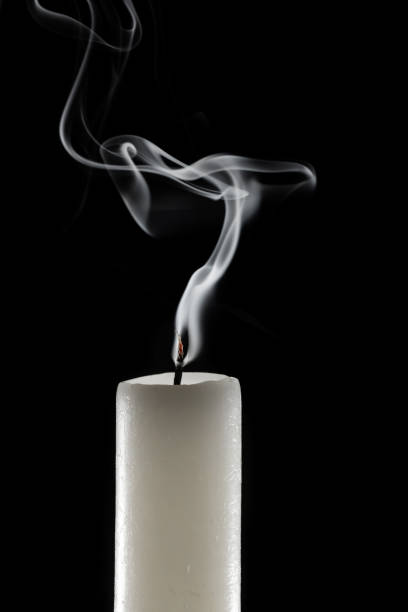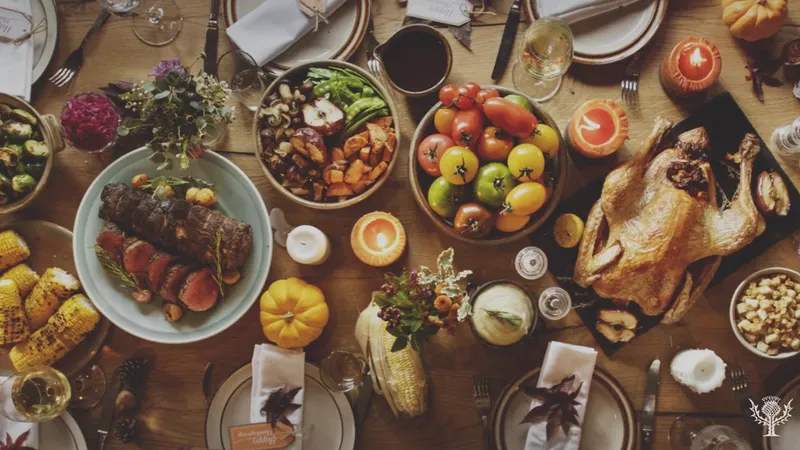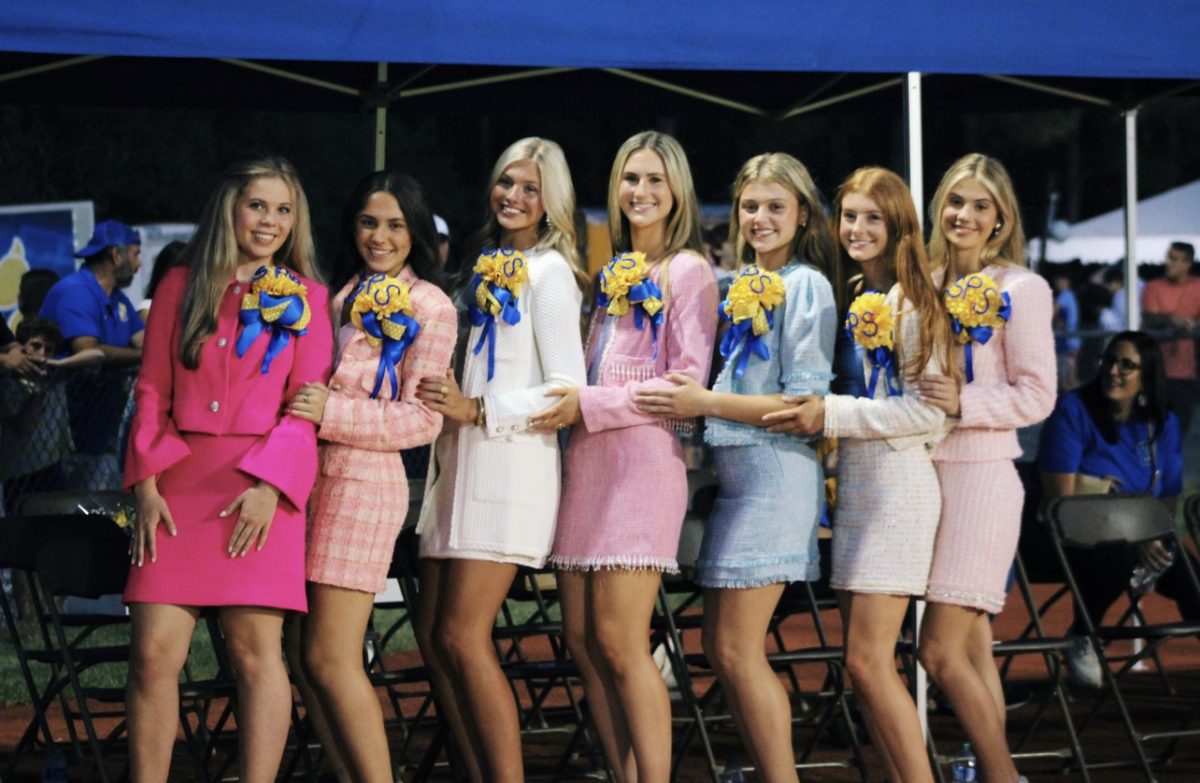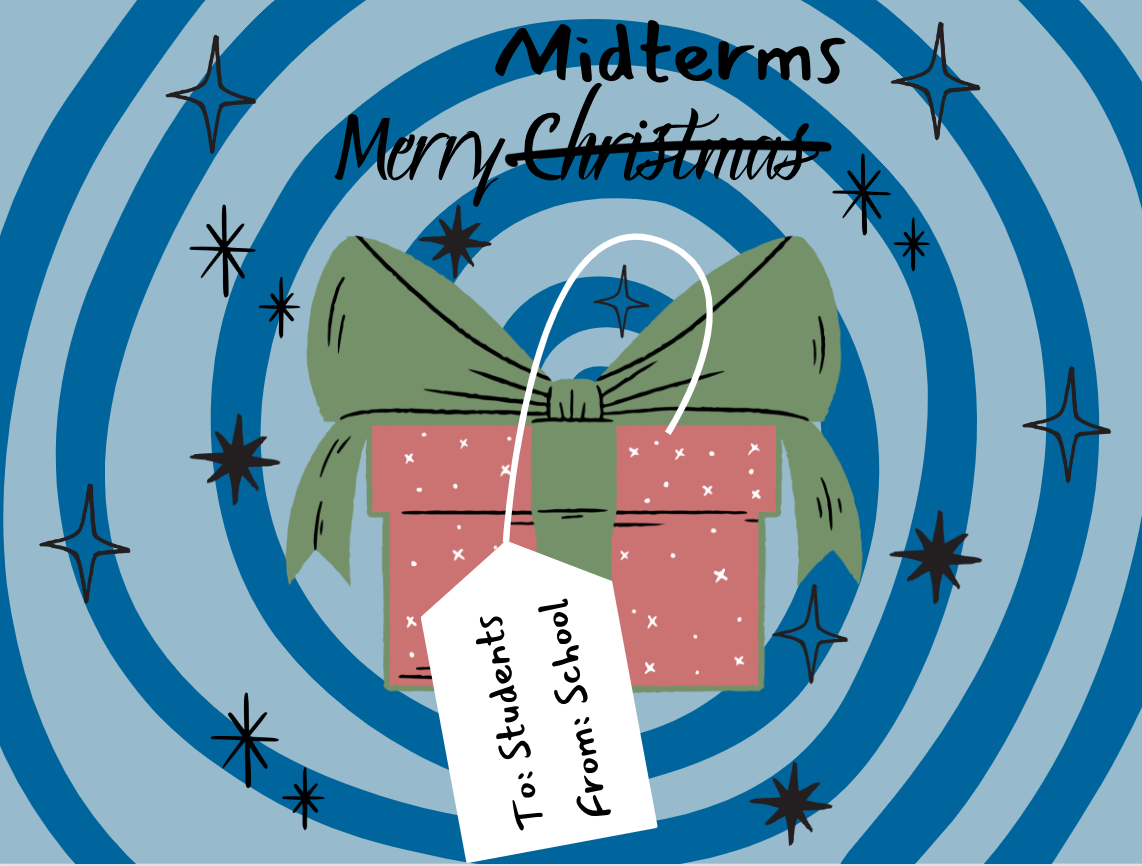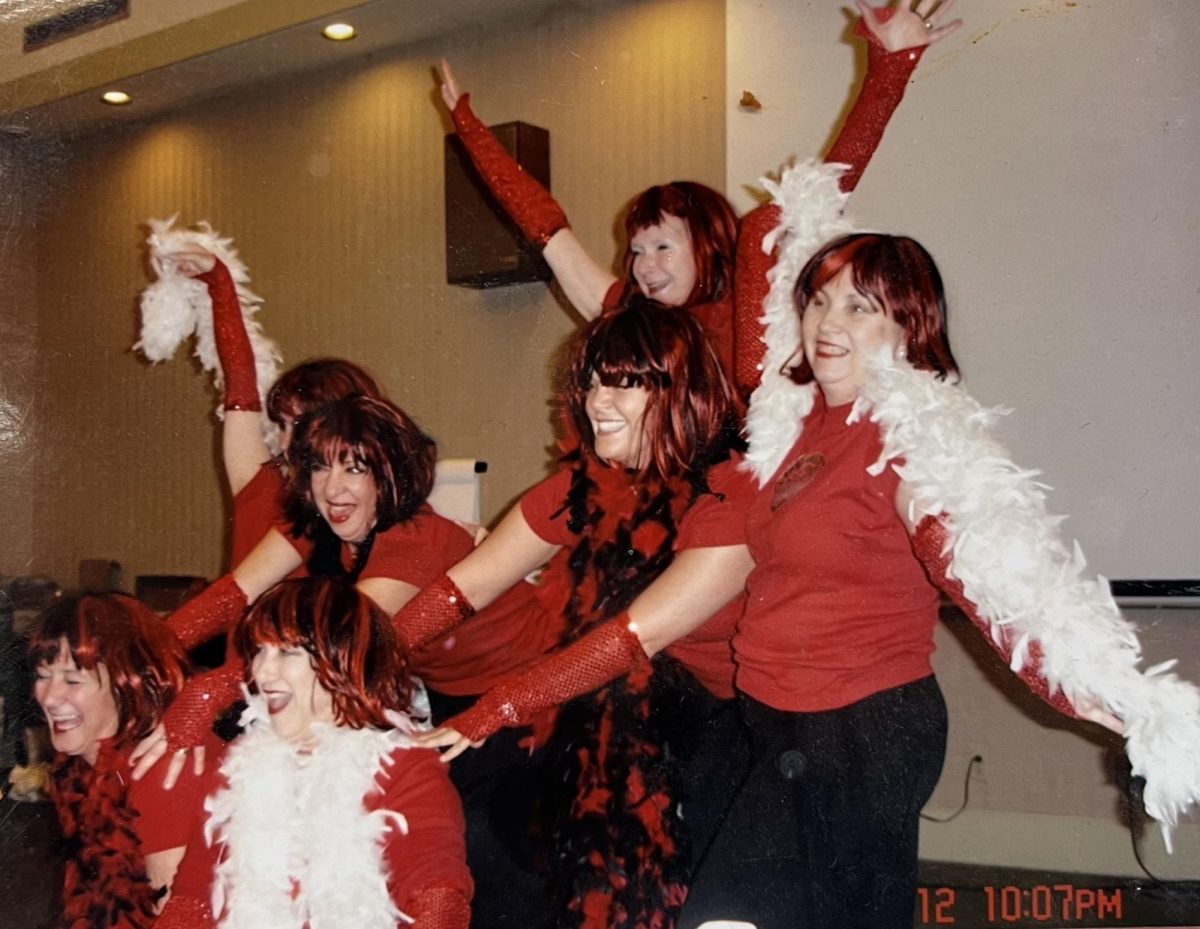Chinese New Year
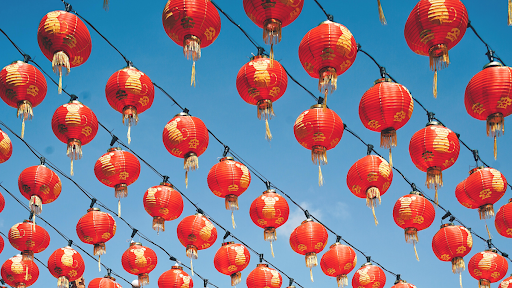
Photo by: Global Dimension
Almost everyone knows the gist of New Years celebrations in America: watching the giant ball drop, parties and, best of all, fireworks. And as the entire world transitions together into the new year, there is one country silently still living in the past…literally. That country is China. While midnight of December 31 is the mark of a new year and new resolutions, China instead celebrates their passage of time somewhere between the dates of January 21 and February 20 (Wake Forest University). But why is this and what other unconventional customs are practiced during their celebrations?
The Chinese Calendar
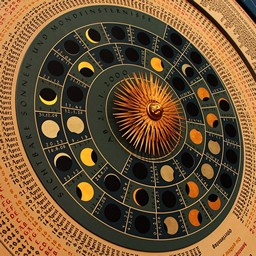
The Lunar New Year, otherwise known as Chinese New Year, can be traced back to as far as 3,500 years ago and, yet, is still the country’s most important and celebrated holiday of the year. But why does such a large celebration not fall on the same date every year? Such a date is determined largely by the lunar calendar, unlike the rest of the world that falls under the Gregorian calendar. The lunar calendar is created from the different phases of the moon that relies heavily upon keeping up with the four seasons of the year. And for each lunar year there consists of 12.37 “synodic” months, synodic referring to a single phase of the moon (Britannica). Now that the dates upon which the holiday falls upon are understood, what is the story behind the origin?
Origins
Asian culture is overbrimming with myths and legends, Chinese New Year being no exception. Believed to have originated in the Shang Dynasty (1600-1046 BC), stories of a fierce, man-eating dragon named Nian (meaning “year”) who would devour crops, livestock and people alike on new years eve circulated around the country. A solution was eventually concocted by those who escaped Nian’s ferocity. It was decided that food would be placed at the base of their doors in hopes of no more destruction and devouring from the beast. Eventually firecrackers were placed in the solution as well when an elderly man declared he had figured out the dragon’s weakness being loud sounds and the color red. As a result, red, paper lanterns and scrolls, much of what is seen even today, were placed on the windows and doors of homes.
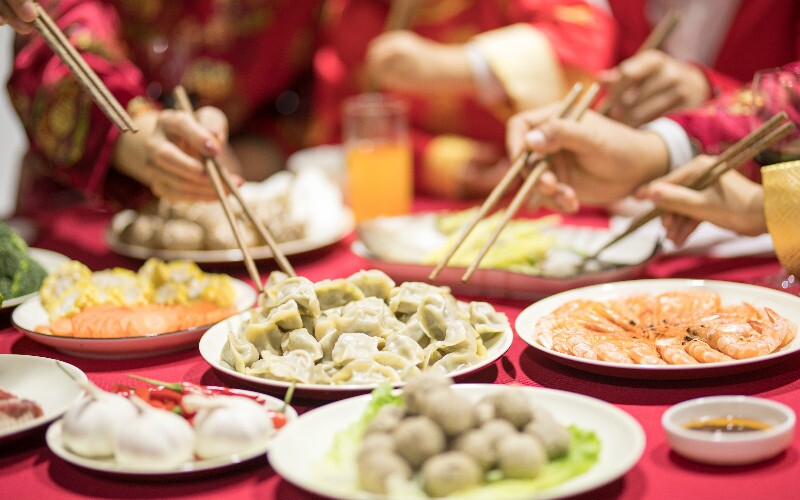
Customs and Traditions
Red Envelopes- Also known as red packets, red envelopes are generally given to children by adults, couples or the elderly. Such envelopes can be filled with one to thousands of yen (the official currency) and are done so to bring kids good health, prosperity and even ward away evil.
Cleaning- Spring cleaning is given a whole new meaning with this tradition. Those celebrating the new year will scrub their house spotless in belief that doing so sweeps out the old year and old luck to welcome in the new possibilities.
New Year’s Eve Dinner- The most important meal of the Chinese New Year, this dinner consists of bringing the whole family together for one big feast, including members living far and wide. The dinner is usually held at a single family member’s home instead of a restaurant. Customary food usually includes: spring rolls, dumplings, steamed fish, rice cakes, hot pot, vegetable dishes and so much more (Amanda Xi).
New Year’s Markets- Similar to pop-up markets, these temporary setups sell a variety of New Year’s supplies, including: food, clothes, decorations, lanterns, fireworks, art and more. Such marketplaces are covered with a beautiful array of celebratory decor (Wake Forest University).
Zodiac Signs
The Chinese zodiacs, consisting of the rat, ox, tiger, rabbit, dragon, snake, horse, goat, monkey, rooster, dog and pig, are thought to have been around for as long as 2,000 years. Popularity surrounding the ideology grew with personalities and horoscopes being attached to each creature depending on the year of your birth. Things like compatibility, fortune and career choices are all superstitiously thought to determine the aspects of your new year based on the animal you were born under. Your zodiac animal can also determine what numbers, colors, minerals and even directions bring you the most luck, one example being how those of the rooster will find luck in the number 7 and directions south and, yet, will find bad luck in wearing red or purple (China Embassy). One other interesting aspect of the zodiacs is if it is your animal’s turn to be the star of the new year, those born under the zodiac will be tremendously unlucky that specific year as you have offended the God of Age.
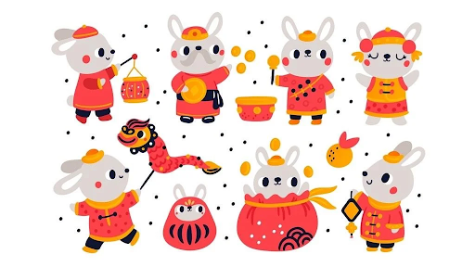
Conclusion
Everyone has their own traditions of welcoming the new year. Instead of the normal American parties and broadcasts, China’s celebrations are overseen with myths and legends that are still held close to heart after thousands of years. From traditions of red envelopes to animals deciding your fortune, China is hard to beat when it comes to such a hearty celebration. And even though they may be days behind the rest of the world, that doesn’t stop them from having a blast.
If you are interested in knowing which zodiac animal you fall under or more about them, feel free to click on the website below:
http://no.china-embassy.gov.cn/eng/zngx_1/whjl/zx/201704/t20170411_3072444.htm















